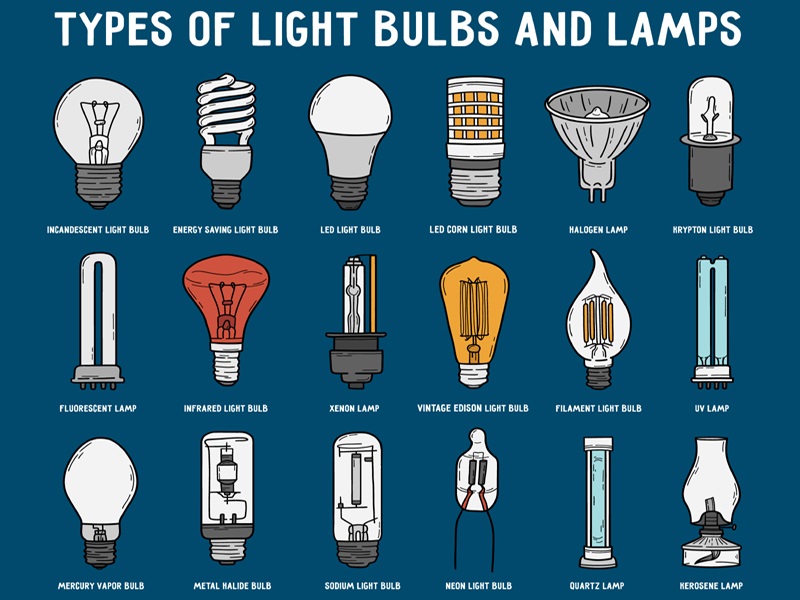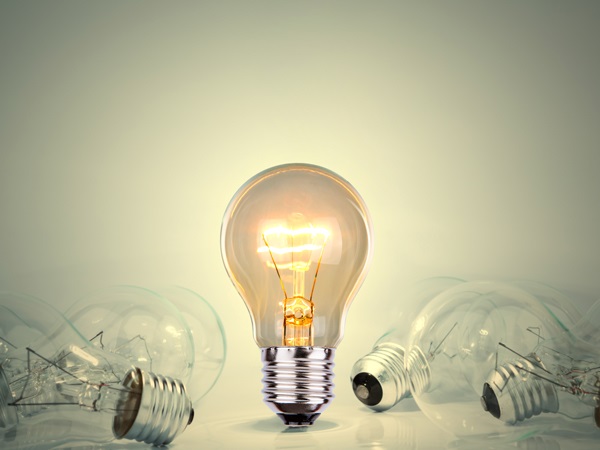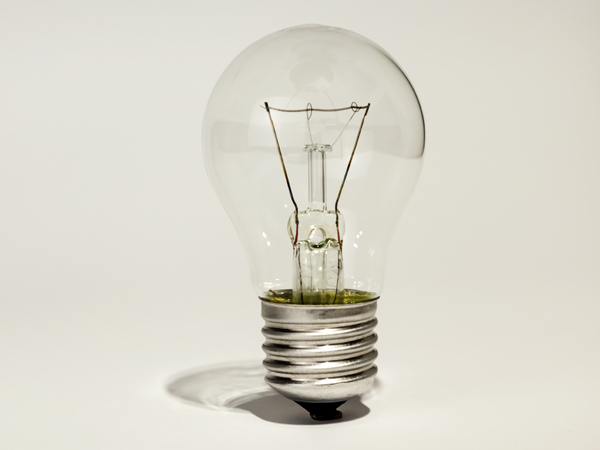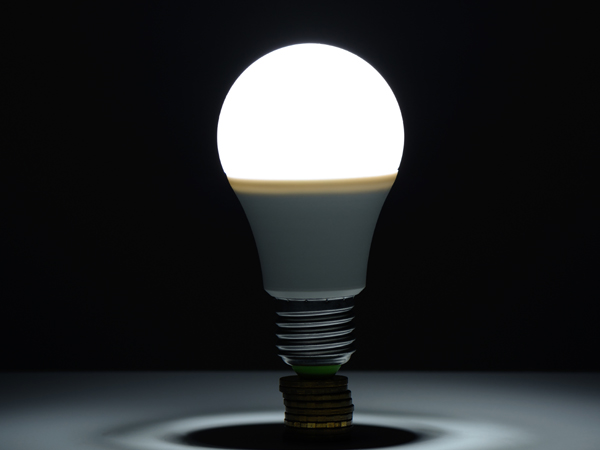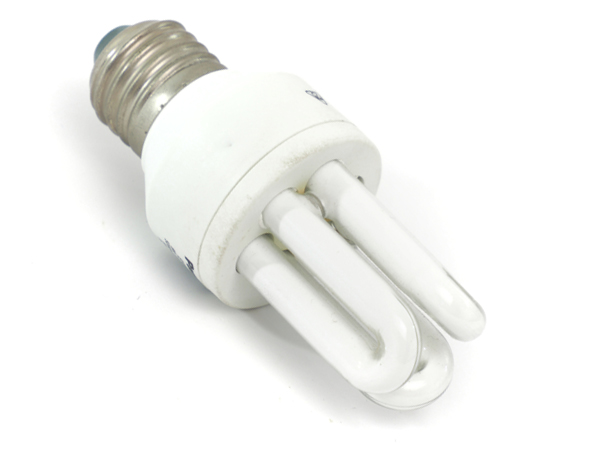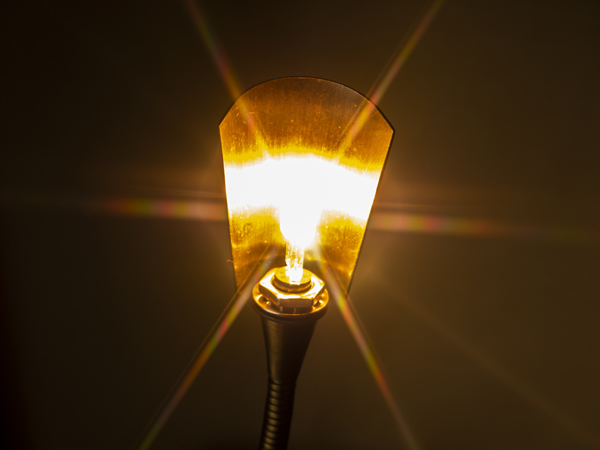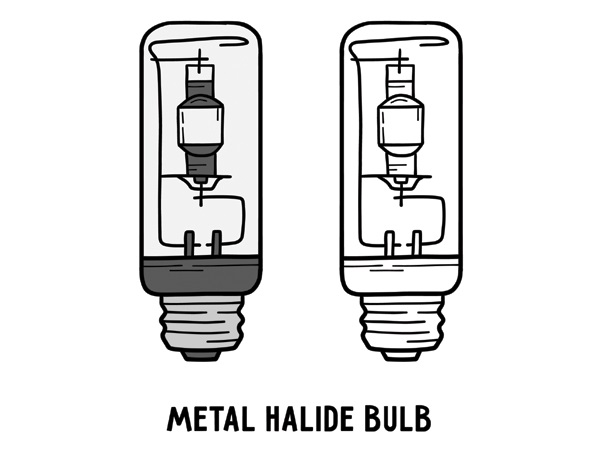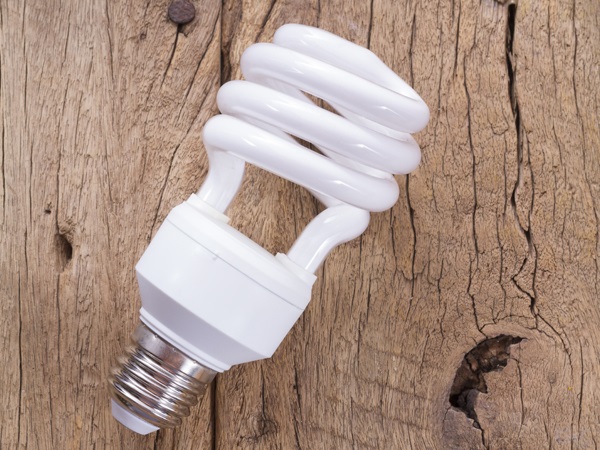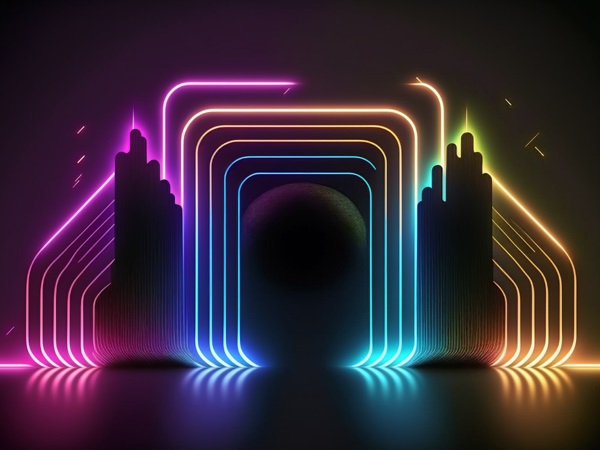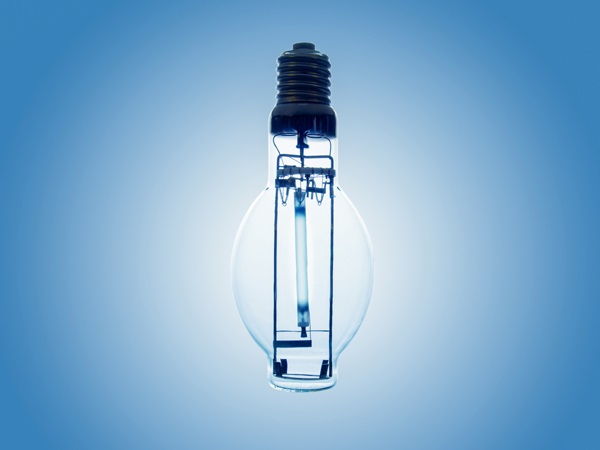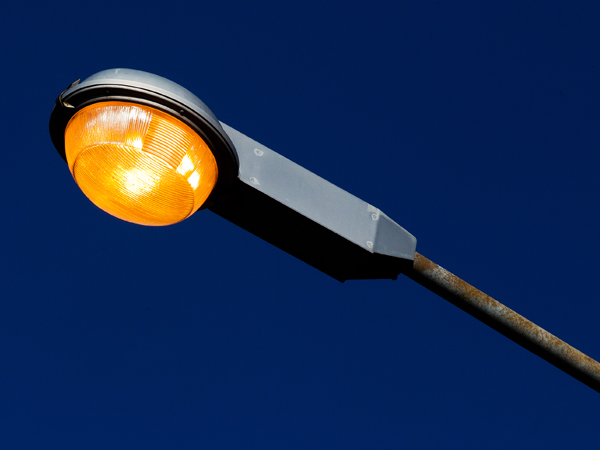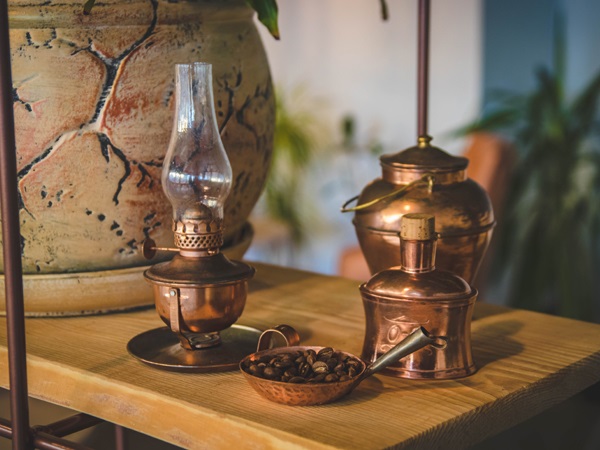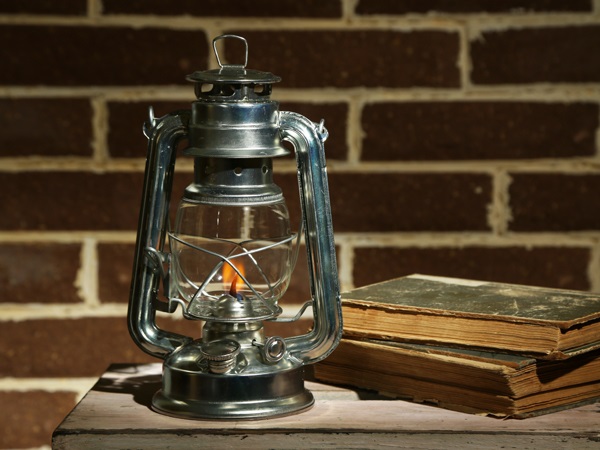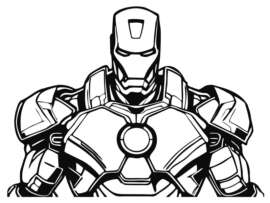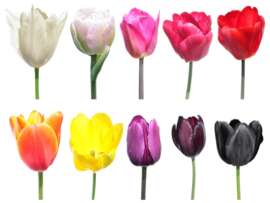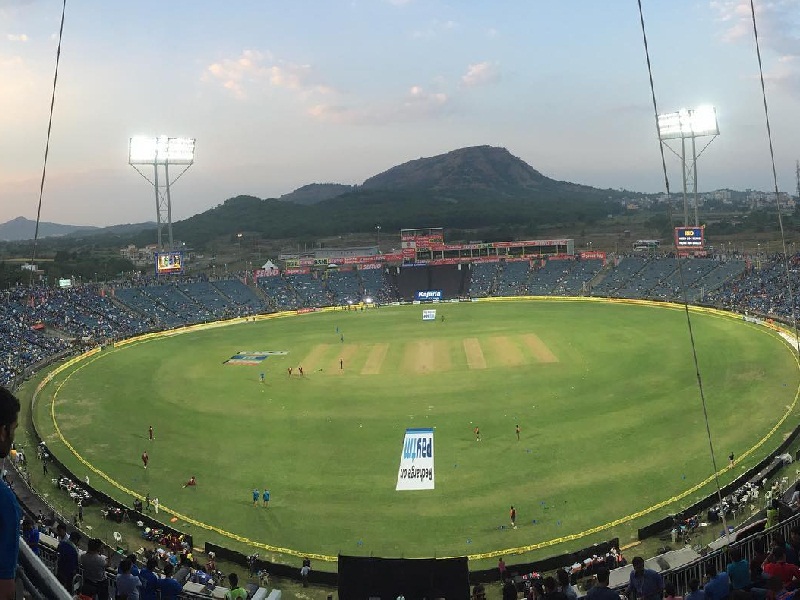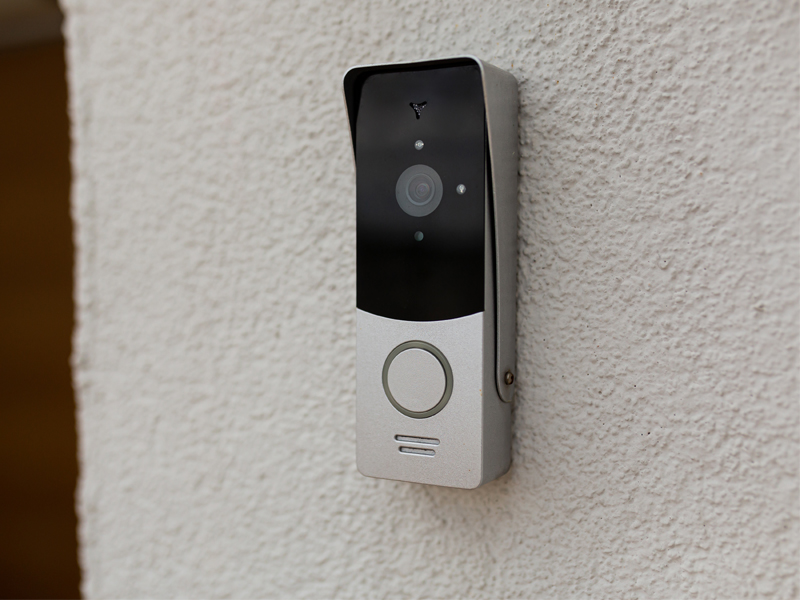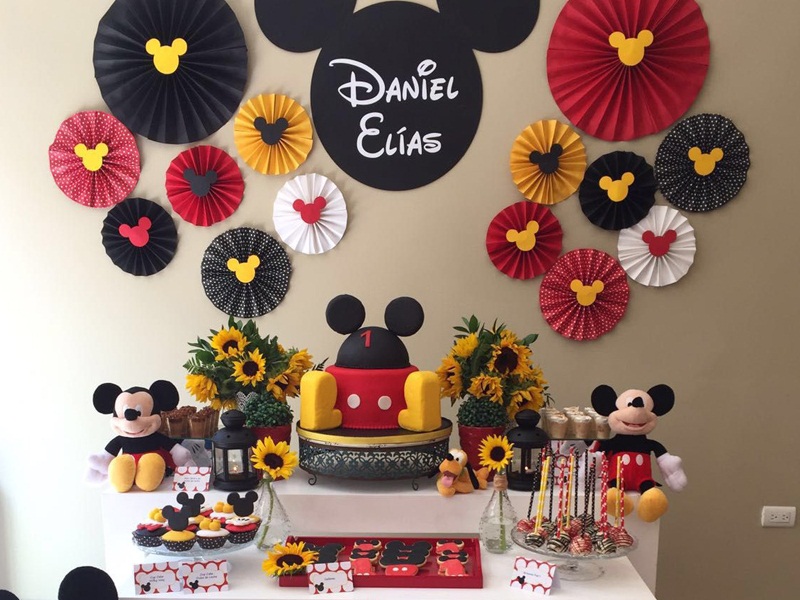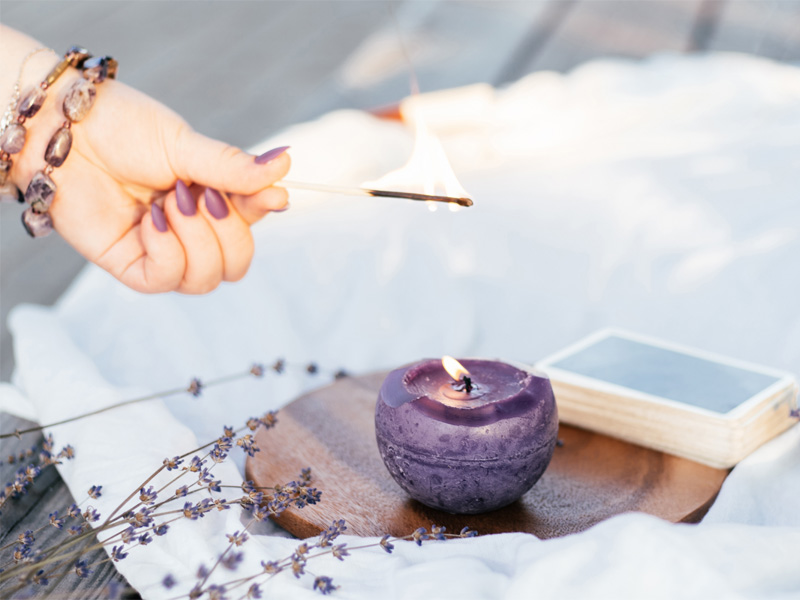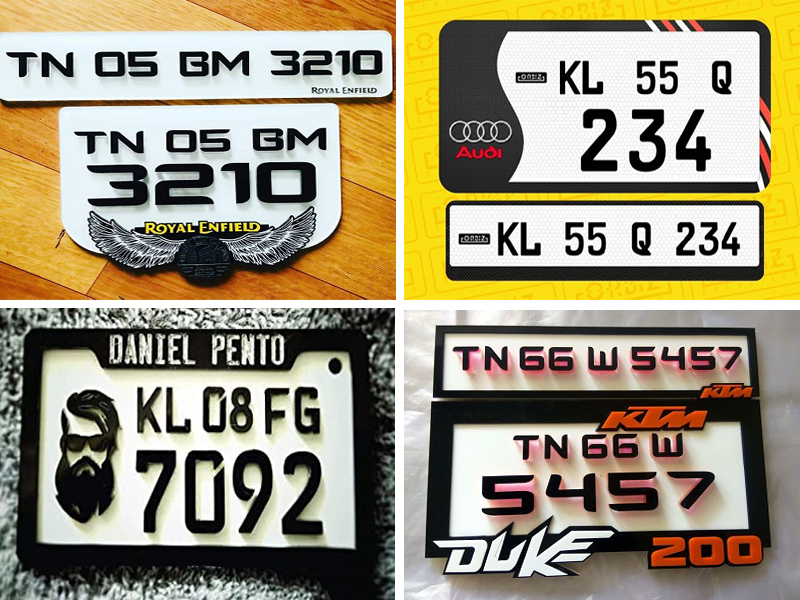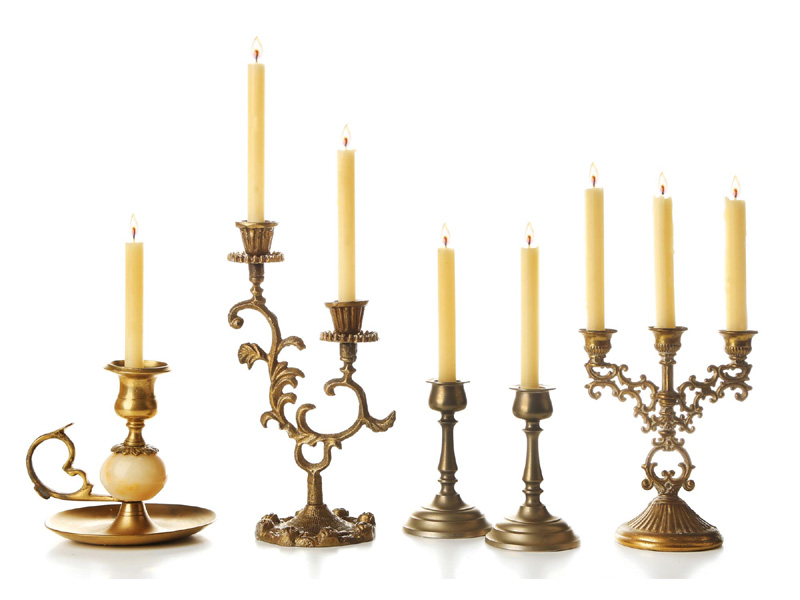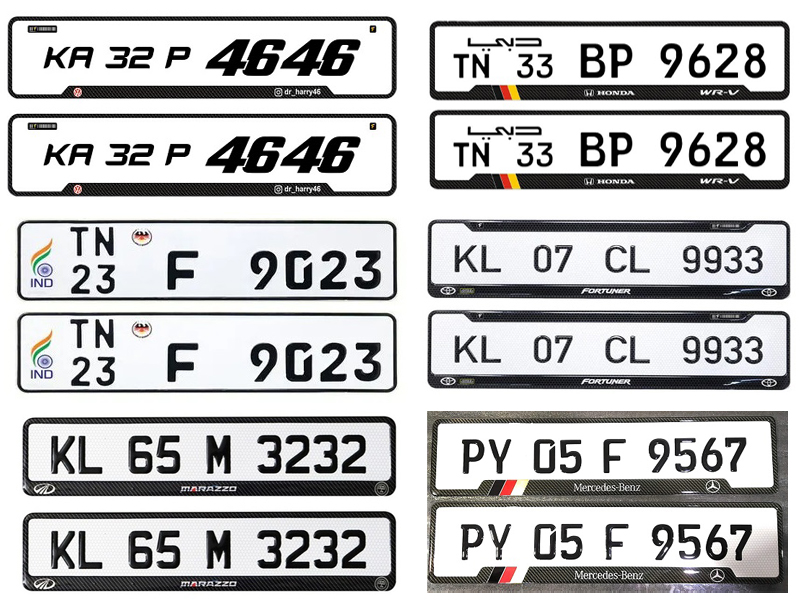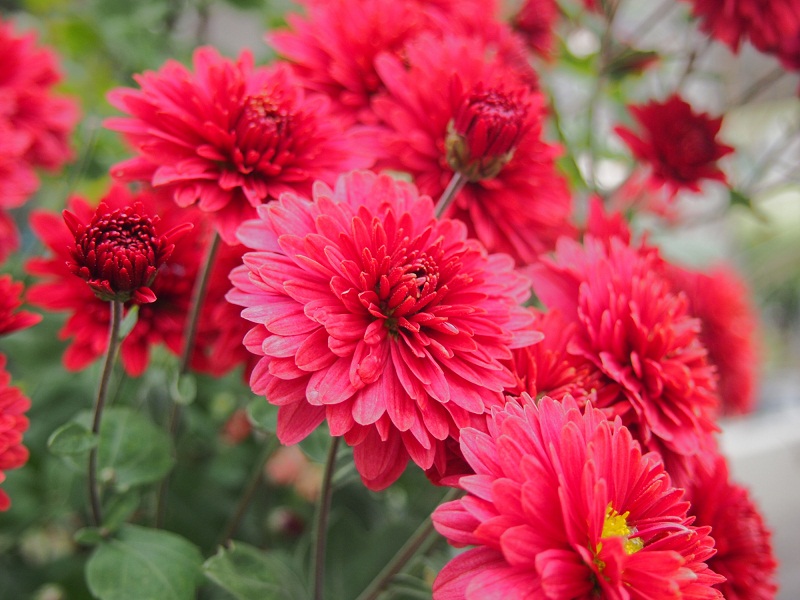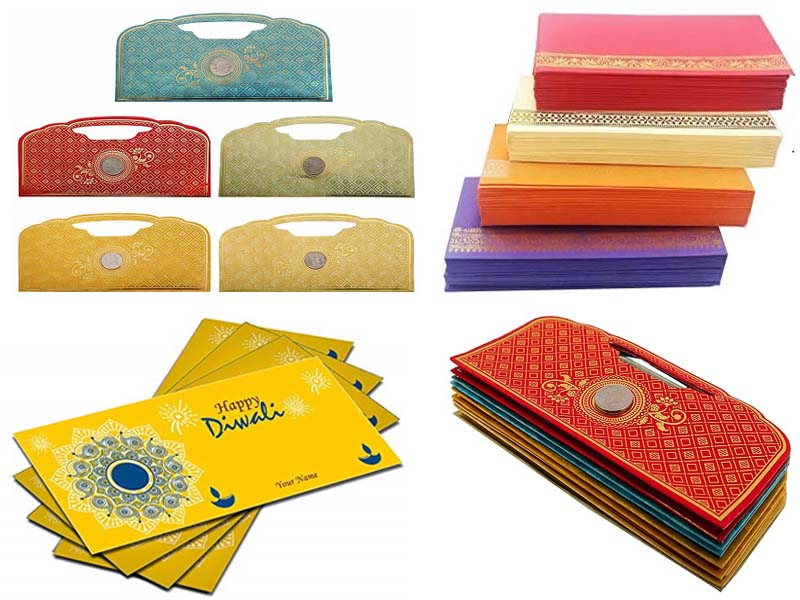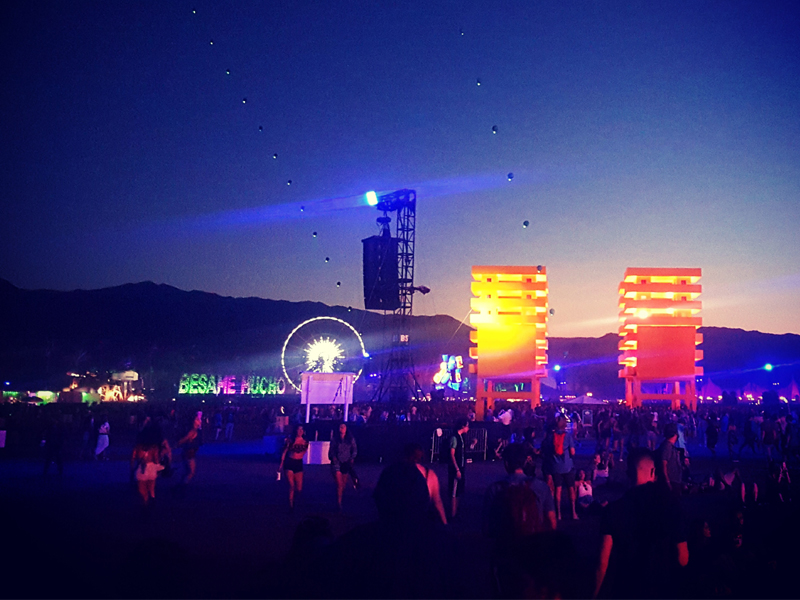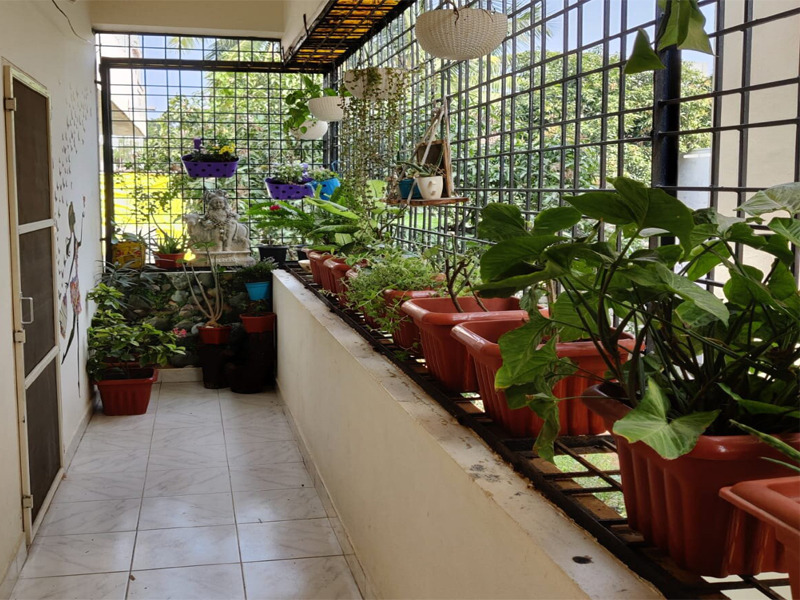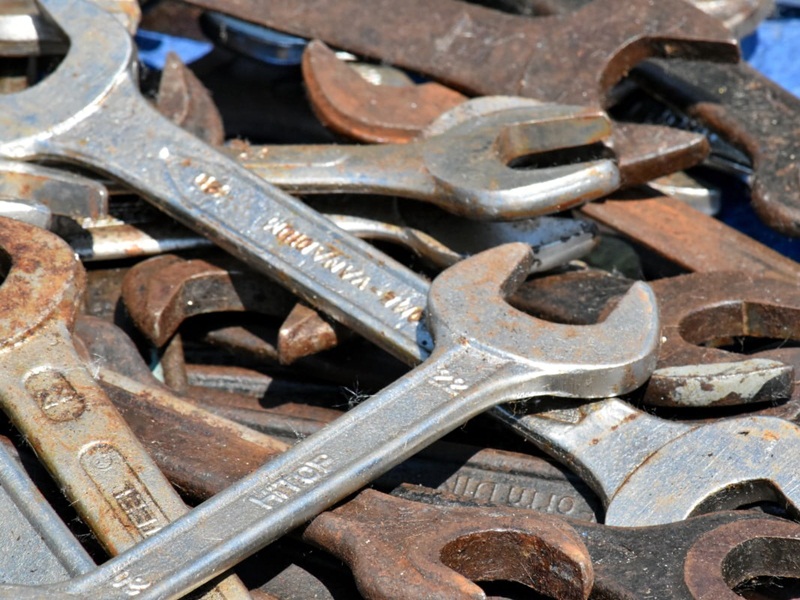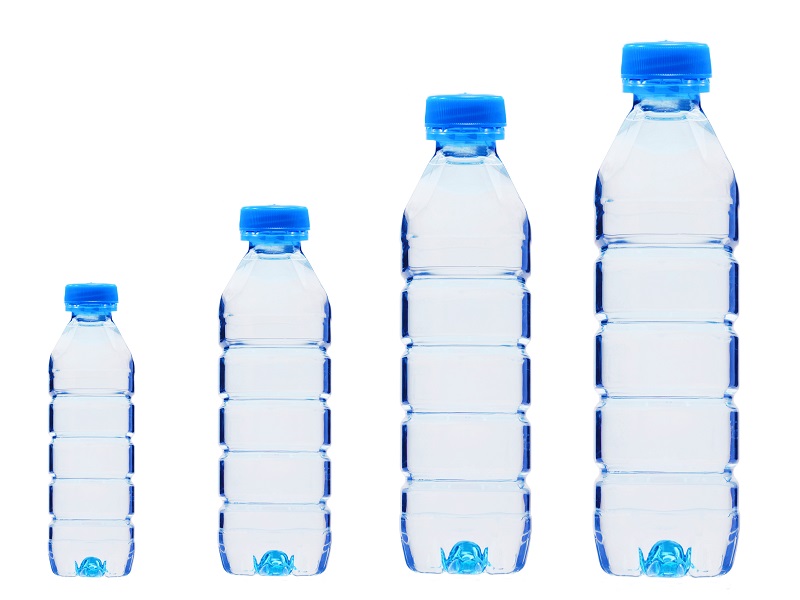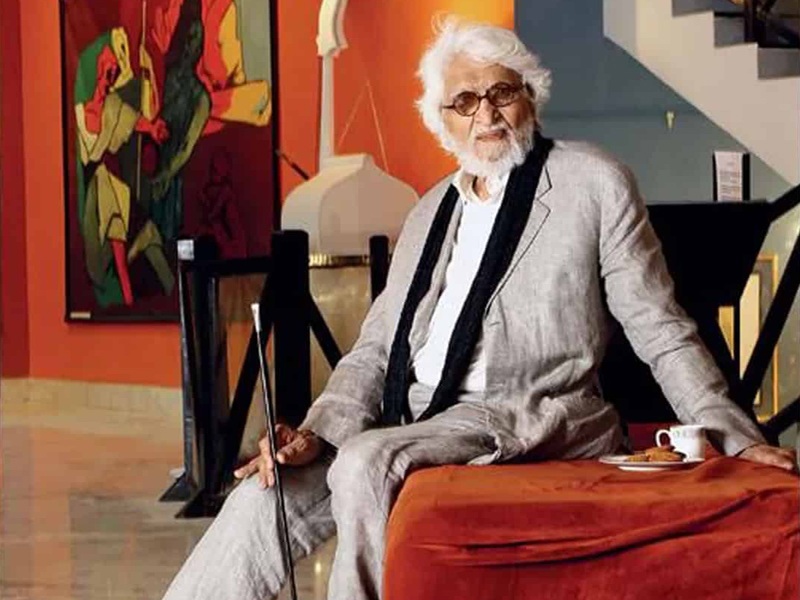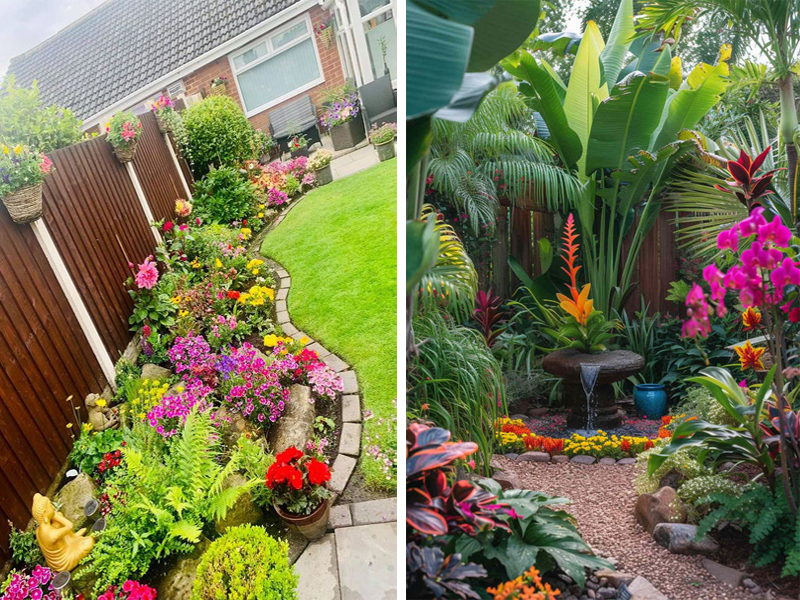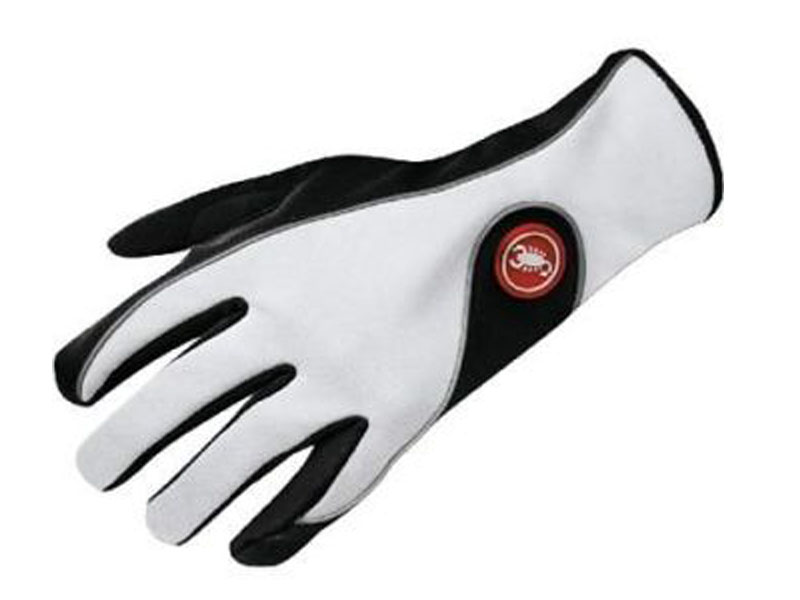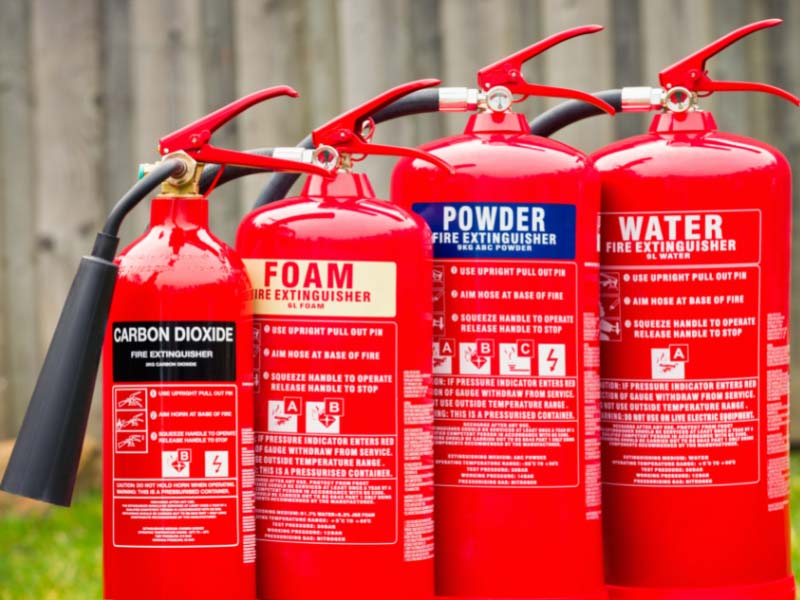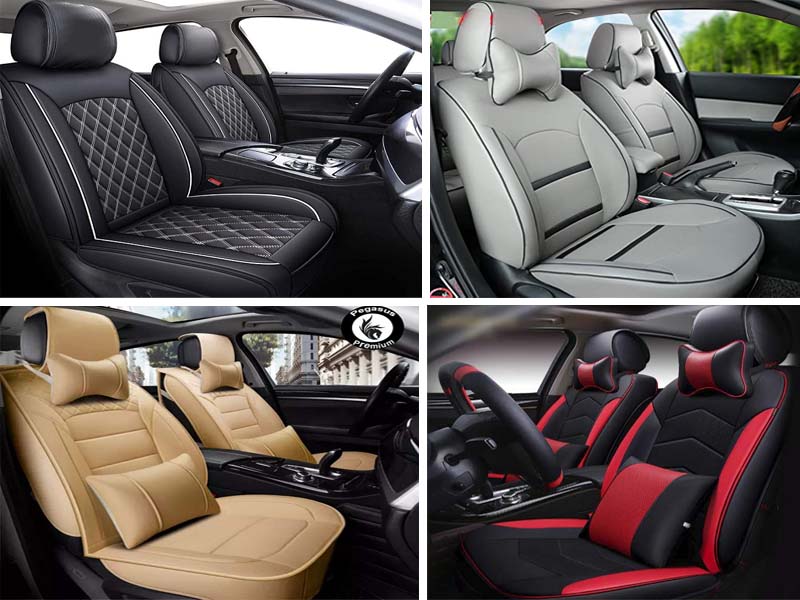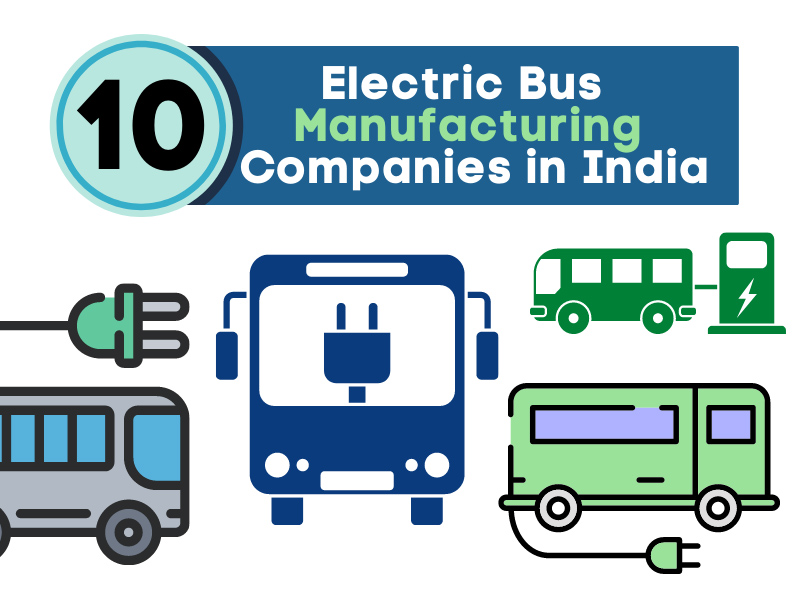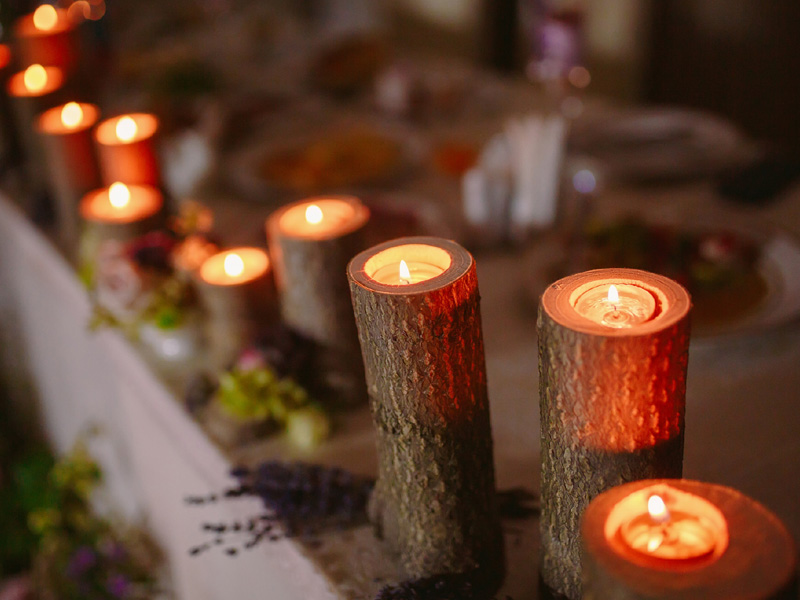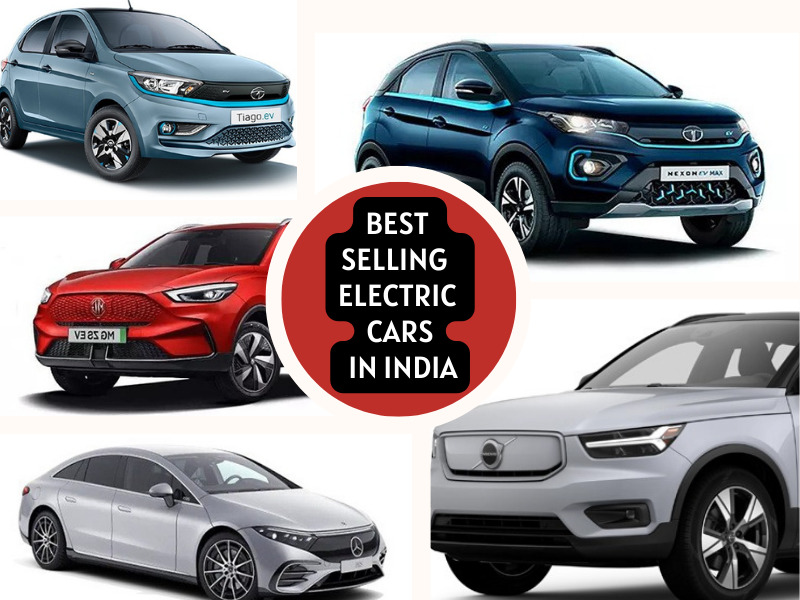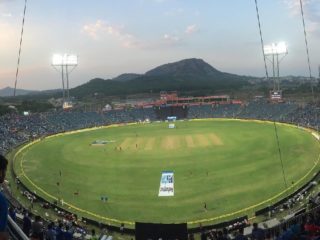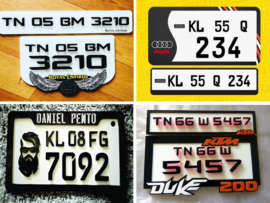Lamps have been overlooked often. They illuminate our lives figuratively and also your home literally. Some of these kinds are used to add a kind of particular ambience to the house and set up a lively atmosphere. Some of them keep it mild while others like the chandelier are much grander and used for functions.
Technically lamps are a device that gives out light. Some of them come with an electric bulb along with a shade or a cover. The conventional ones come with a wick with a burning gas or a mantle with a glass shade. Here is a simple classification.
- a. The ones with electricity and the ones with gas;
- b. The ones with oil like the oil lamp;
- c. The modern-day lamps like the CFL and tubes.
- d. The ones based on their size.
Looking at the literary side, here is what lamps signify.
- Bringing positivity
- Light of wisdom and divinity
- Sacrificing oneself to provide light to others.
Technically speaking, lamps are a source of brightness. They light up the area, thereby making the space look brighter. Some of these are used for decorative purposes. The ones that are used in fancy restaurants are different from the ones in the everyday life. The other significance of light lies in creating an adjustable ray for the eyes. Some of the lights that are designed focus on making it mild and at the same time comfortable lighting that provides a good reading or working environment.
Different Types of Lamps for lightning:
Did you know that there are many types of lighting? We have come far from the kerosene and oil lamps. But there are still homes that rely on this. However, here are some more to add to your list. Take a look at our quick guide to the many types of lamps that have been used.
A. Electric Types of Lamps:
The most commonly used kind of lamp is the electric lamp. These come with a bulb and an attached holder and sometimes fancy shades. They last a long time and the electricity passes through the filament. There are many kinds of electric lamps available.
1. Incandescent Lamp:
It consists of a glass enclosure that contains tungsten, a filament. Electric current passes through this filament and this will heat up the producing temperature in turn producing light.
- Pros: It works for 800-1200 hours. It is energy efficient and has a good life span.
- Cons: The biggest effect it produces is the heat it produces.
2. Light Emitting Diode:
Commonly known as LED, which is a p-n junction that emits light, when it is activated. The LED is a semiconductor that will emit light when an electric current passes through. When the particles carry the current, light is produced and combined within the material of the semiconductor.
- Pros: It offers maximum energy efficiency, about 80-90%. It emits very less heat and is long-lasting.
- Cons: They are costly and their light is not particularly bright.
3. Compact Fluorescent Lamps:
They are popularly known as CFL, where the electric current flows through a tube that contains argon and also small amounts of mercury vapour. This leads to the generation of UV light that excites the phosphor of the fluorescent coating, on the inside of the tube. This emits light. They last for 10,000 hours.
- Pros: They are four times more energy-efficient than incandescent lamps. The last 8-10 times longer.
- Cons: They are costly and cannot stand the outdoor elements, such as the extreme temperature.
4. Halogen Lamps:
Technically, halogen lamps are incandescent lamps. This type of lamps has a tungsten filament and has halogen gas in the bulb. However, the halogen in the bulb will prevent blackening and also slow down the filament. The tubular shape with the filament oriented axially is the usual shape it comes in and can last for about 2 to 2.5 years.
- Pros: They are not expensive and emits warm light in all direction and last longer.
- Cons: they have a short life span compared to others and emits a lot of heat.
5. Metal Halide Lamps:
The next kind of lamp is the Metal Halide or MH lamp. They have an arc tube inside a bulb, made of quartz or ceramic with gas like argon, mercury and MH salts. When voltage is supplied at higher than those supplied to the electrodes, it lights up. It lasts for about 16,000 to 20,000 hours.
- Pros: The biggest benefit is the high luminous efficiency and is a cold light source.
- Cons: Emits of UV light and contains mercury which is toxic.
6. Fluorescent Lamps:
They ionize mercury vapour in the glass tube. The electrons in the gas thus emit photons at UV frequency. The UV light is then converted to a standard lighting source using the phosphor coating. They are known to last for 7000-15,000 hours.
- Pros: They use very less energy than the incandescent lamps, about 90% less and also emit very less heat.
- Cons: They are not too mild for your eyes. Also, the longer they burn, the more they tend to become less white and less bright than before.
7. Neon Lamp:
Neon lamps work by exciting gas atoms that are present between the two electrodes by supplying sufficient voltage. They are known to last for 8 to 15 hours when powered for 24 hours. They come in a range of colours and shapes and are aesthetically pleasing for the eyes.
- Pros: They are pleased and consume low energy.
- Cons: Produces UV rays and are slightly more expensive.
See More: Types of Fans and Their Uses
8. Discharge Lamps:
Light in a discharge lamp is produced by the electric arc between the tungsten electrodes, that is kept inside a translucent or transparent fused quartz. They are known to last for a considerable period of time and you can find them in the car and other vehicle headlights.
- Pros: they last three times more than halogen lamps and offer low energy usage.
- Cons: The brightness of the light, especially in vehicles is known to produce glare for the driver coming from the opposite side of the road.
9. Sodium Lamps:
Sodium lamps are of two types; high pressure and low pressure. The lamp creates an electric arc through the vaporized sodium metal. The other materials in the lamp will help illuminate the lamp and also the colour. The high-pressure kind of lamp lasts for about 24,000 hours and is energy efficient.
- Pros: Unlike the LED and incandescent, the lumen output does not drop with age and is considered a very efficient lamp.
- Cons: Sodium is a hazardous material and has the ability to combust when exposed to air.
B. Non-Electric Types of Lamps:
The second kind of lamp is the non-electric lamp. Here are the age-old ones that were used.
1. Oil lamps:
Oil lamps were the famous and popular kind of lamp in the earlier days. The wick in the holder passes through the metal burner and goes directly into the fuel container. The oil lamps generally have a chimney made of glass to protect them. They last for about 3 to 4 hours.
- Pros: it is durable and the most affordable of all.
- Cons: It does not last for a long time and heats up the glass or shade outside that guards the light.
2. Kerosene Lamps:
Kerosene lamps emit light with the help of kerosene, where the wick draws the oil through capillary action. There is a wick tube that surrounds the wick and makes sure that the right amount of air reaches the lamp burner. These kinds of lamps are known to last for about 45 minutes.
- Pros: One of the widely attested benefits of kerosene is the long shelf life of kerosene. This means you can store them and use them in times of emergency. They are also environment friendly.
- Cons: they can cause some emission of poisonous gases that can be harmful when breathed in for a long time.
Lamps are sure an important thing in our life. Some of them have the ability to create a friendly ambience and add to the beauty of the room. However, one needs to be careful when choosing the ones to use indoors. Our guide is a quick way to plan your purchase. Get started!


